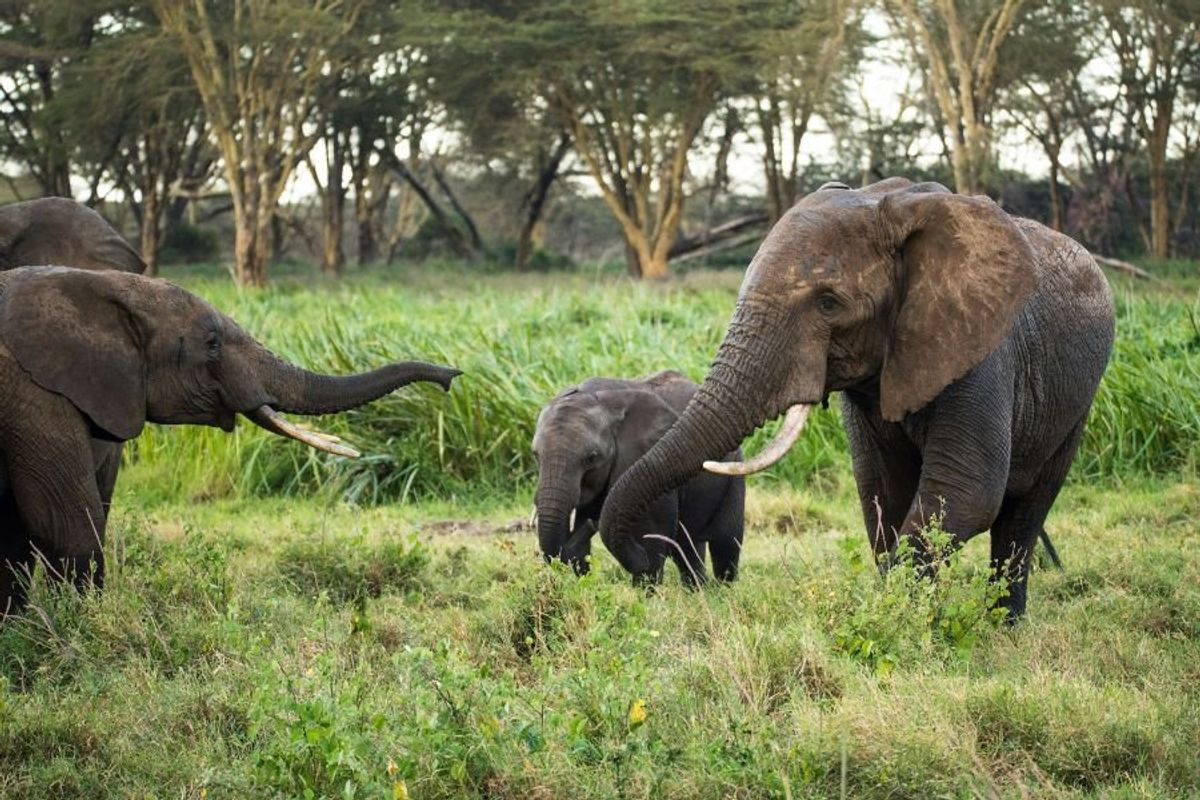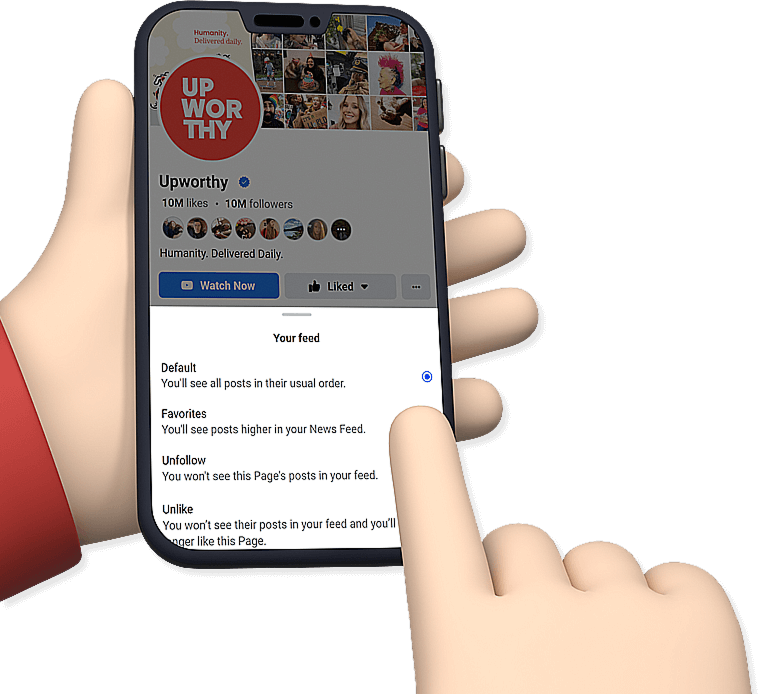We knew elephants were social, but new research shows they may have their own 'names'
"Their names seem to be arbitrary, like human names."

Researchers studied African elephants in Kenya to see if they have individual names.
Elephants are unique among animals in so many ways. Their massive size, of course. Their funky trunks that function like a fifth limb as well as a literal hose. The fact that they weigh thousands of pounds but can walk almost completely silently. Their high intelligence and complex social behaviors.
And now, apparently, their individualized "names."
New research from Kenya indicates that elephants may have something akin to human names, which they use to communicate directly to specific members of their herd. According to Reuters, elephant researchers had noticed over the years that sometimes an elephant would make a vocalization to a group and all the elephants would respond, but sometimes the same elephant would make a similar call to the group, but only one elephant would respond—almost as if it had been called by name.
Researchers studied the vocalizations of 100 African savannah elephants in Amboseli National Park and Samburu National Reserve to see if they could determine whether or not that's what was actually happening. Using a machine-learning model, they identified vocalizations that appeared to be tied to specific individuals, then tested them on 17 elephants whose "names" they may have discovered.
Sure enough, when a vocalization that the model had identified as being addressed to a specific elephant was played on audio, that elephant responded by moving toward the audio source and behaving more enthusiastically, making more vocalizations in return, than when a vocalization that was apparently directed toward someone else was played.
“They could tell if a call was addressed to them just by hearing that call,” said behavioral ecologist and lead study author Mickey Pardo of Cornell University (formerly of Colorado State University).
According to the study published in the Nature Ecology and Evolution journal, this kind of name usage is rare in the animal world. Bottlenose dolphins and orange-fronted parrots will call individuals with specific sounds, but they do so by simply mimicking the calls of the animal they're addressing. That's not what the elephants appear to be doing.
"Instead, their names seem to be arbitrary, like human names," Pardo said, according to Reuters. "Addressing individuals with arbitrary names likely requires a capacity for some degree of abstract thought."

Mothers appear to call their calves by name.
Photo by David Clode on Unsplash
Part of what makes studying elephant vocalizations tricky is the range of sounds they make. We often associate elephants with a loud trumpet-like sound, but Pardo said the name vocalizations are found in the lower, rumbling noises they make.
“The rumbles themselves are highly structurally variable,” said Pardo, who conducted the research while working at Colorado State University, according to NPR. “There's quite a lot of variation in their acoustic structure.”
One of the most common usages of elephant names discovered in the study were from mother elephants to their calves, seemingly to calm them down or check in with them. But Pardo told NPR that while they knew the vocalizations they played were directed at specific individuals, they weren't able to isolate the actual "names" of individual elephants from the vocalizations in the study.
"If we could do that, we could answer a lot of other questions that we weren't able to fully figure out in this study,” Pardo said.
Some of those questions include: Do elephants all use the same "name" when they're addressing the same elephant? Are they names or nicknames? Do elephants talk about each other? Do they say other elephants' names when they're not around?
There are more specific linguistic questions as well. "We still don't know the syntax or basic elements by which elephant vocalizations encode information," Colorado State University conservation biologist and study co-author George Wittemyer told Reuters. "We need to figure that out before we can make deeper progress on understanding them."
What the study found does indicate, however, is that elephants are even more mentally and socially sophisticated than we thought.
"Certainly, in order to address one another in this way, elephants must learn to associate particular sounds with particular individuals and then use those sounds to get the attention of the individual in question, which requires sophisticated learning ability and understanding of social relationships," Pardo said, according to Reuters. "The fact that elephants address one another as individuals highlights the importance of social bonds—and specifically, maintaining many different social bonds—for these animals."





 Side Eye Dog Meme GIF
Side Eye Dog Meme GIF Meme Reaction GIF by Tokkingheads
Meme Reaction GIF by Tokkingheads Rihanna Nails GIF
Rihanna Nails GIF When the parents don't even know about it, that's a successful surprise party.
When the parents don't even know about it, that's a successful surprise party.